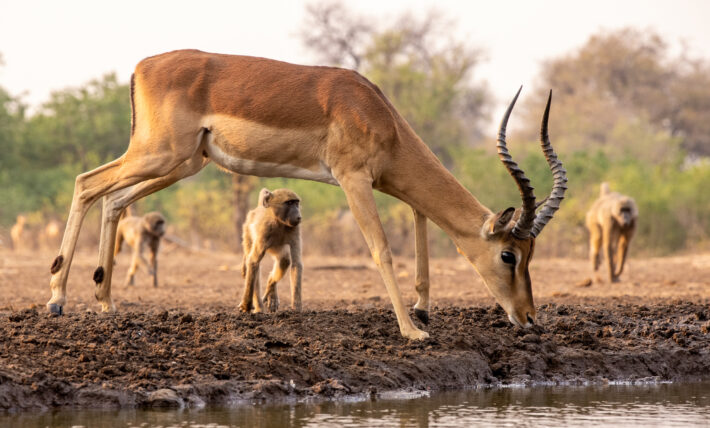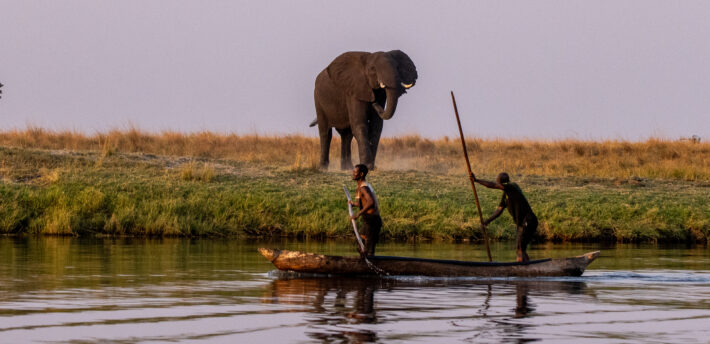 Africa has always been one of our favorite places to visit. It has a wide range of photographic subjects, in addition to usual suspects like the big 5 and other mammals, its birds are exceptional. So after our trip to see the southern part of the wildebeest migration in 2019, we knew we had to return. We were also worn out by the rough African roads and in looking for alternatives we discovered camps with hides designed for mammals seemed to be a good way to go. So in July 2019 we put together a trip focusing on camps with hides for September 2020.
Africa has always been one of our favorite places to visit. It has a wide range of photographic subjects, in addition to usual suspects like the big 5 and other mammals, its birds are exceptional. So after our trip to see the southern part of the wildebeest migration in 2019, we knew we had to return. We were also worn out by the rough African roads and in looking for alternatives we discovered camps with hides designed for mammals seemed to be a good way to go. So in July 2019 we put together a trip focusing on camps with hides for September 2020.
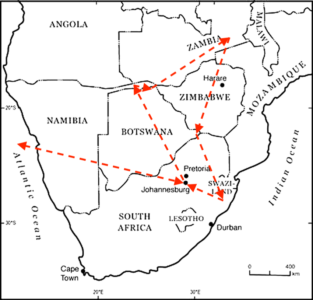
Well we all know what happened in 2020, the pandemic hit, international travel was killed and so we had to postpone our trip until this year. This last summer we determined that the COVID risk was low enough for us to go, but still high enough to take extra precautions. So we got our third COVID shot, and armed with it, lots of masks and handsantizer we took off, more than 2 years after we planned out trip.
Our trip involved visiting 4 countries – South Africa, Botswana, Namibia and Zambia – and due to reduction in travel options, 7 border crossings within Africa. Each country required a COVID test for entry (and not just a rapid antigen test but a full PCR), and most of our camps were not near testing locations, so we had to do extensive planning for the tests. Including the test getting to and from Africa, we had 7 tests, and thankfully no false positives (our biggest fear), and just as important no true positives (also not a trivial concern, the African medical system can leave something to desire).
Our first stop was the Caprivi Strip in eastern Namibia along the Zambezi River were we visited one of the largest Southern Carmine Bee eaters colonies around.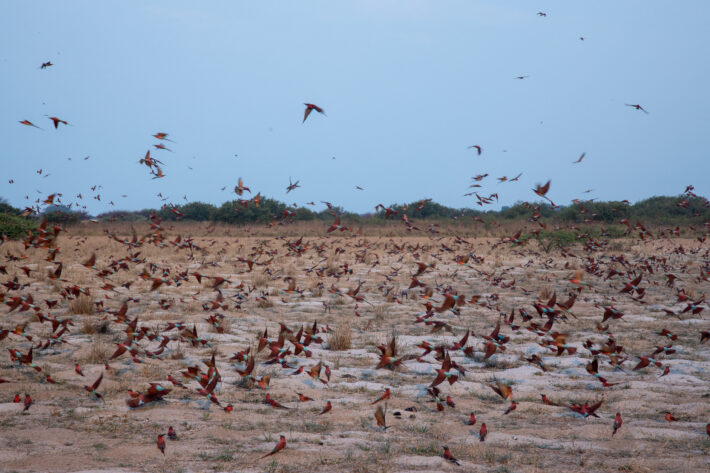 These are beautiful birds and we were lucky enough to see them a few more times on our trip. And didn’t hurt that they were a short boat ride away from where we stayed.
These are beautiful birds and we were lucky enough to see them a few more times on our trip. And didn’t hurt that they were a short boat ride away from where we stayed.
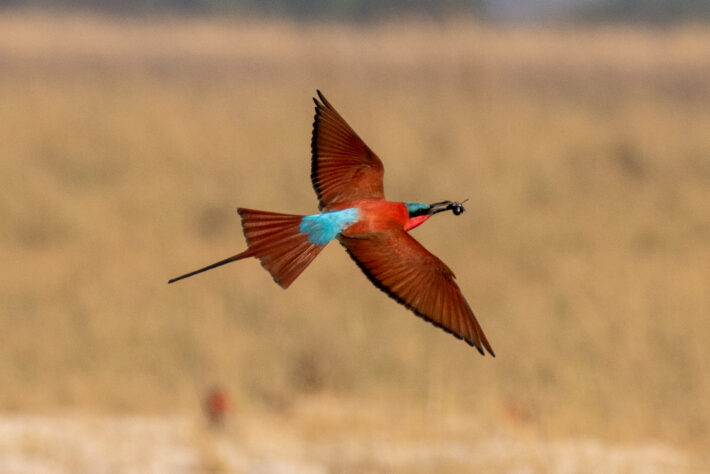 We next moved a few miles east to the Chobe river in Botswana where we photographed the wildlife along the river from a boat especially designed for photographers.
We next moved a few miles east to the Chobe river in Botswana where we photographed the wildlife along the river from a boat especially designed for photographers.
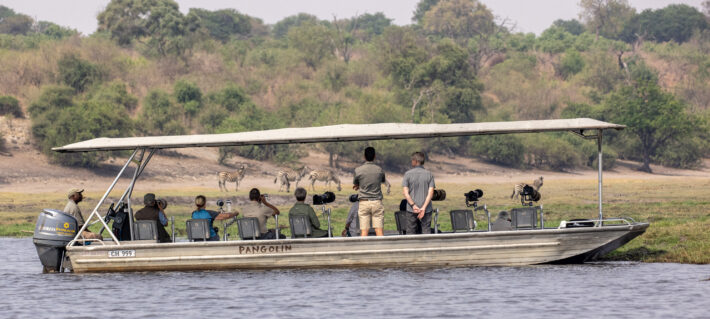
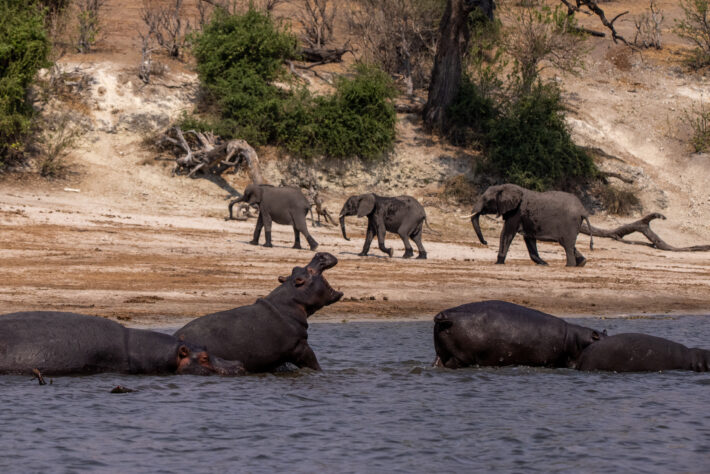 While the Chobe was good, we only saw a few cats and they were sleeping. So we next headed east to Zambia’s South Luangwa NP where we saw many sightings of lions and leopards, and followed several hunts (none were successful.)
While the Chobe was good, we only saw a few cats and they were sleeping. So we next headed east to Zambia’s South Luangwa NP where we saw many sightings of lions and leopards, and followed several hunts (none were successful.)
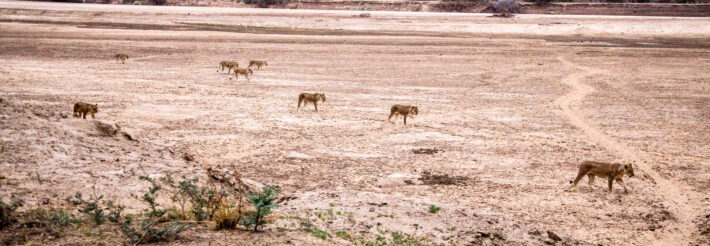 From Zambia we flew to southeastern Botswana for a hide experience. The hide here was at a waterhole and was visited by all kinds of animals, including elephants and giraffes. The elephants got close, walking in front of the hide so we could have touched if we had been stupid enough to do so
From Zambia we flew to southeastern Botswana for a hide experience. The hide here was at a waterhole and was visited by all kinds of animals, including elephants and giraffes. The elephants got close, walking in front of the hide so we could have touched if we had been stupid enough to do so
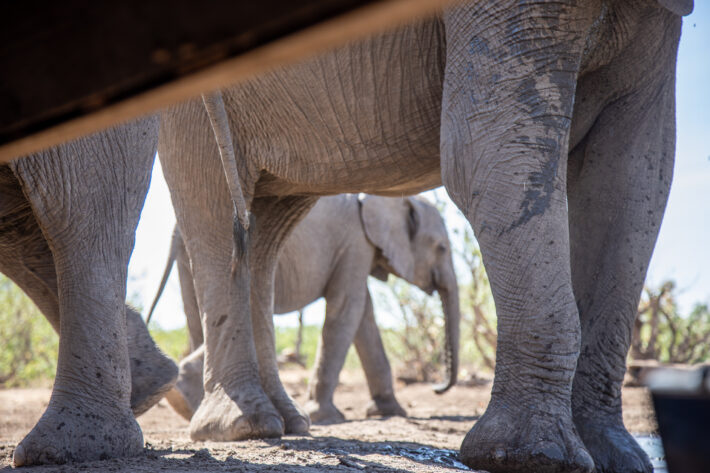
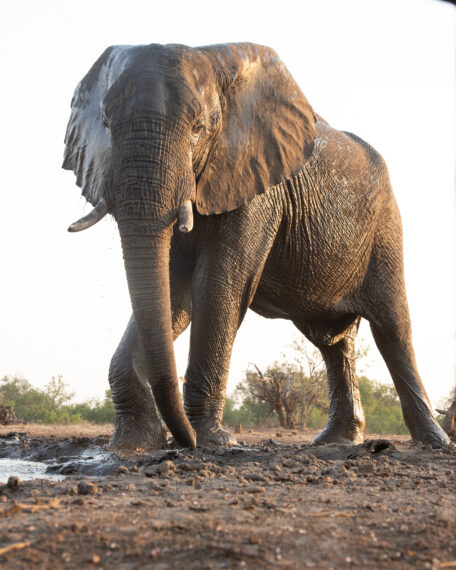 Our last stop was in southeastern South Africa. The highlight was overnighting in a hide and having a buffalo and two elephants visit us. At eye level they were an impressive sight.
Our last stop was in southeastern South Africa. The highlight was overnighting in a hide and having a buffalo and two elephants visit us. At eye level they were an impressive sight.
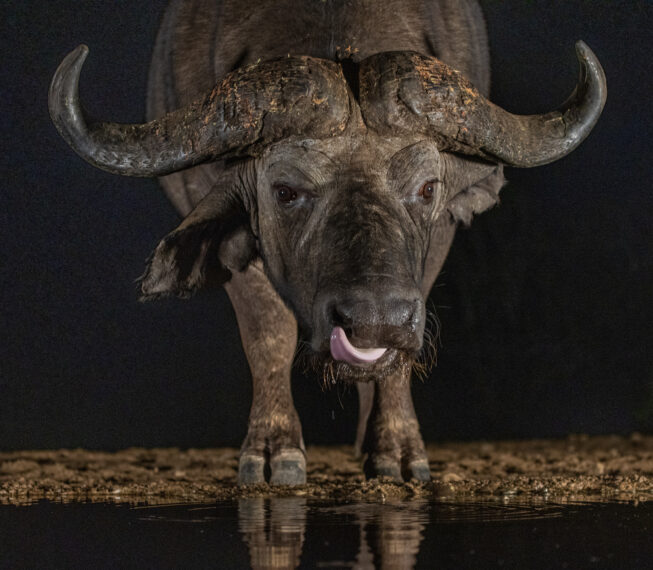
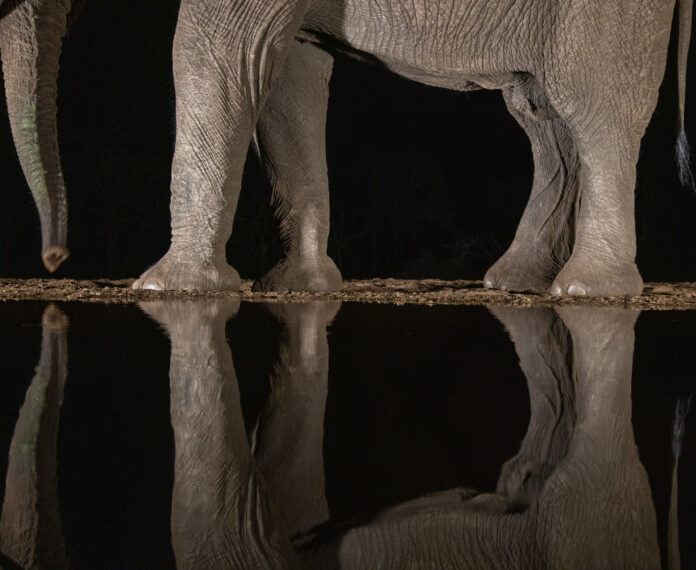 Overall it was a great trip. The weather was more of a challenge than expected.For the first part of the trip it was in the high 80’s, low 90’s and even harder. It proved to a a challenge for only for us but for the animals as well.
Overall it was a great trip. The weather was more of a challenge than expected.For the first part of the trip it was in the high 80’s, low 90’s and even harder. It proved to a a challenge for only for us but for the animals as well.
An additional wrinkle was for our last two camps we arrived in 100 degree temperatures, only to have daytime temperatures drop to below 60 in few days. That made it interesting as we had only packed for temperatures in the 60’s, so we had a few cold game drives.
While each camp had its unique vibe and mix of animals, we saw many animals in multiple camps. So instead of organizing the rest of my report by camp, it is organized by type of wildlife. The links for these reports will follow shortly.
Big Cats https://www.wherearetheynow.today/big-cats/
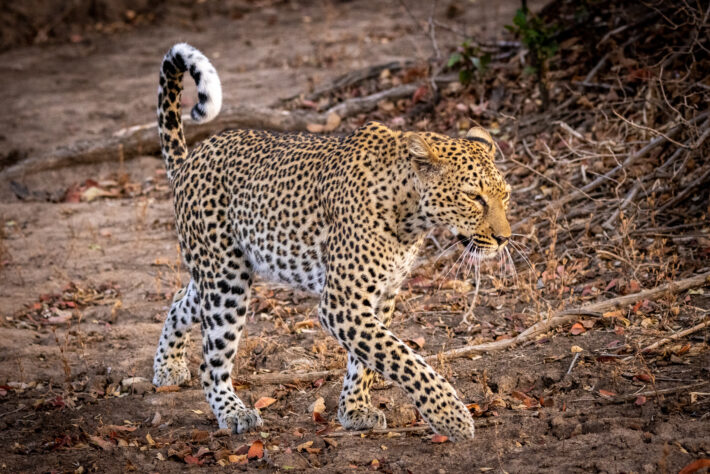
Hippos and elephants: https://www.wherearetheynow.today/elephants-hippos/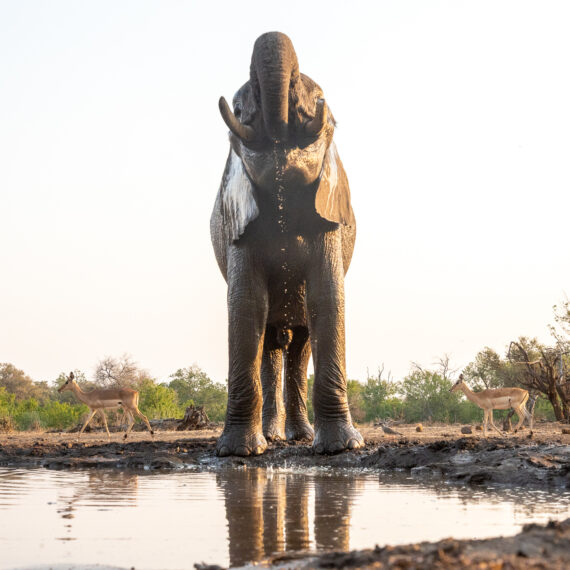
African Birds https://www.wherearetheynow.today/african-birds/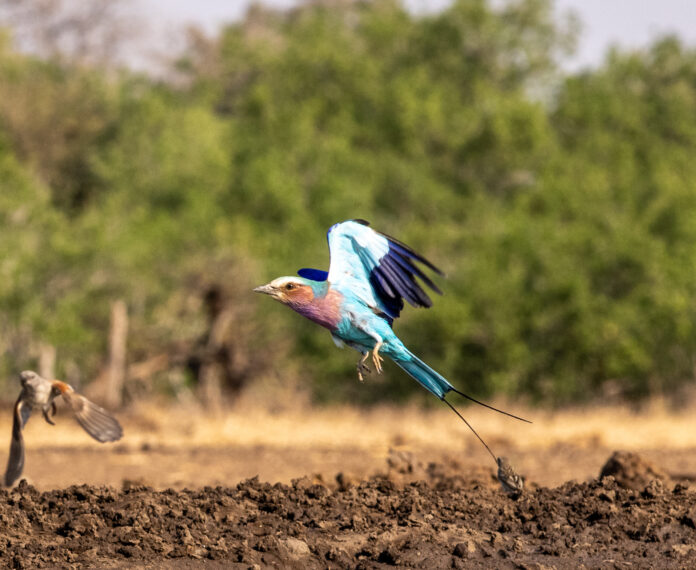
Other wildlife https://www.wherearetheynow.today/more-wildlife/
